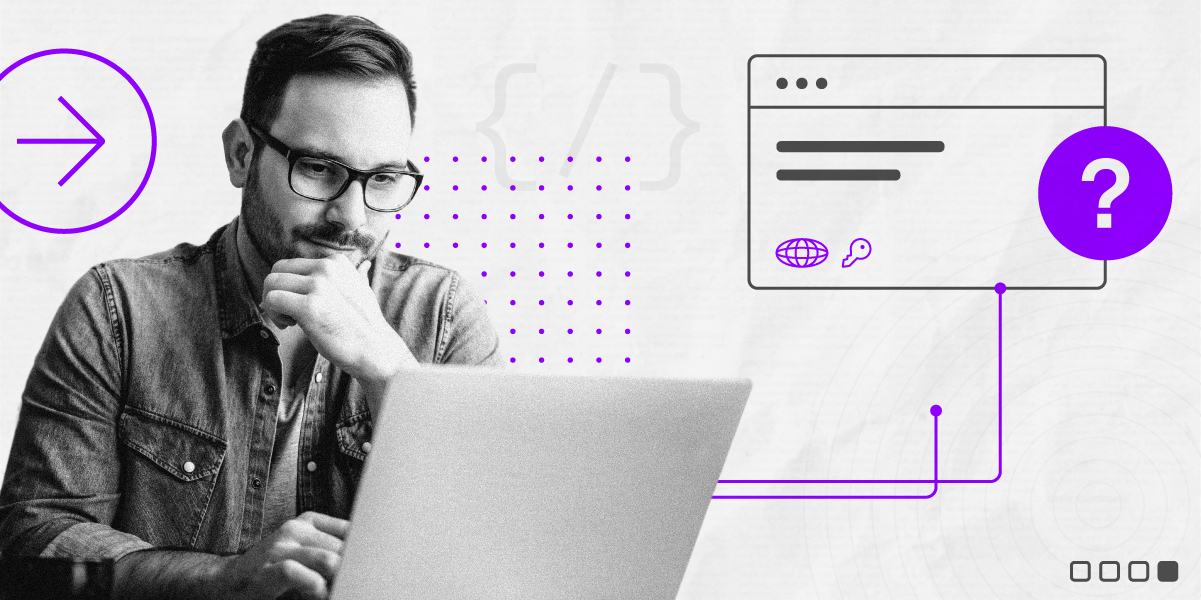
For two days each year, government officials, publishing and music execs, and tech companies get together at the World Creators Summit to discuss the future of copyright and creativity. The next five, fifty, and one hundred years of entertainment are on the table, and open for debate. Can copyright and innovation work together? Can the divide between rights holders, technologies, and empowered consumers (ever) be bridged? We joined Mark Mulligan’s panel to talk about models for making our shared digital future more sustainable. Here’s what we learned.
Shift the focus: build for the Internet’s creative community, not just its consumers.
The shift from analog to digital distribution radically changed the creative economy – moving it from a system based on scarcity, to one based on abundance. Content is now available everywhere. Storefronts and transaction opportunities, however, are still centralized. Here’s a place where digital innovators can, and should, collaborate with rights holders. Infringement happens because an effective online marketplace for content hasn’t been built. We have work to do. And we have to work together.
End innovation silos: partner early. Partner often.
That’s Mark Mulligan’s common-sense second point. The digital divide will be closed when we close it. Shared interest and structured relationships need to be established at the outset. Emerging digital services aren’t proven vendors yet; risk is better addressed via equity stakes, versus advances. And relationships can’t end there. They need to be end-to-end. We need cross-functional working groups. We need regular dialogue between content and tech stakeholders. Content is moving at the speed of culture. It’s up to us on the ground to be proactive about generating solutions.
Flexible licensing models: create rights systems for beta culture.
Two of Mulligan’s proposed models for 2.0 copyright involve licensing models designed for digital agility. While a digital service is still in start-up mode, rights owners could bias a large share of license fees towards equity. In this scenario, both content, and the innovation designed to serve it, would be protected. Alternatively, rights holders could implement beta-licenses: limited licensing frameworks designed to vet the technology, and the fee structure associated with it. Could flexible, iterative licensing systems – minimal viable copyright – help us adapt to the new landscape of digital content?
We’ve spent the past two days, and much of recent memory, in the middle of a vast debate about copyright and digital innovation; the rights of content creators, the rights of digital makers, and the rights of fans. But the truth is: we’re not in the middle. We’re at the very beginning. We’re only in the early (early, early) stages of defining the future of entertainment.
At BitTorrent, we’ve been partnering with rights holders, artists, labels, studios, and fans to solve for the issue of content sustainability – building new transaction and licensing opportunities via projects like the BitTorrent Bundle. If you’ve got an idea about how to make digital content more sustainable, then we want to work with you, too. Get in touch here.


